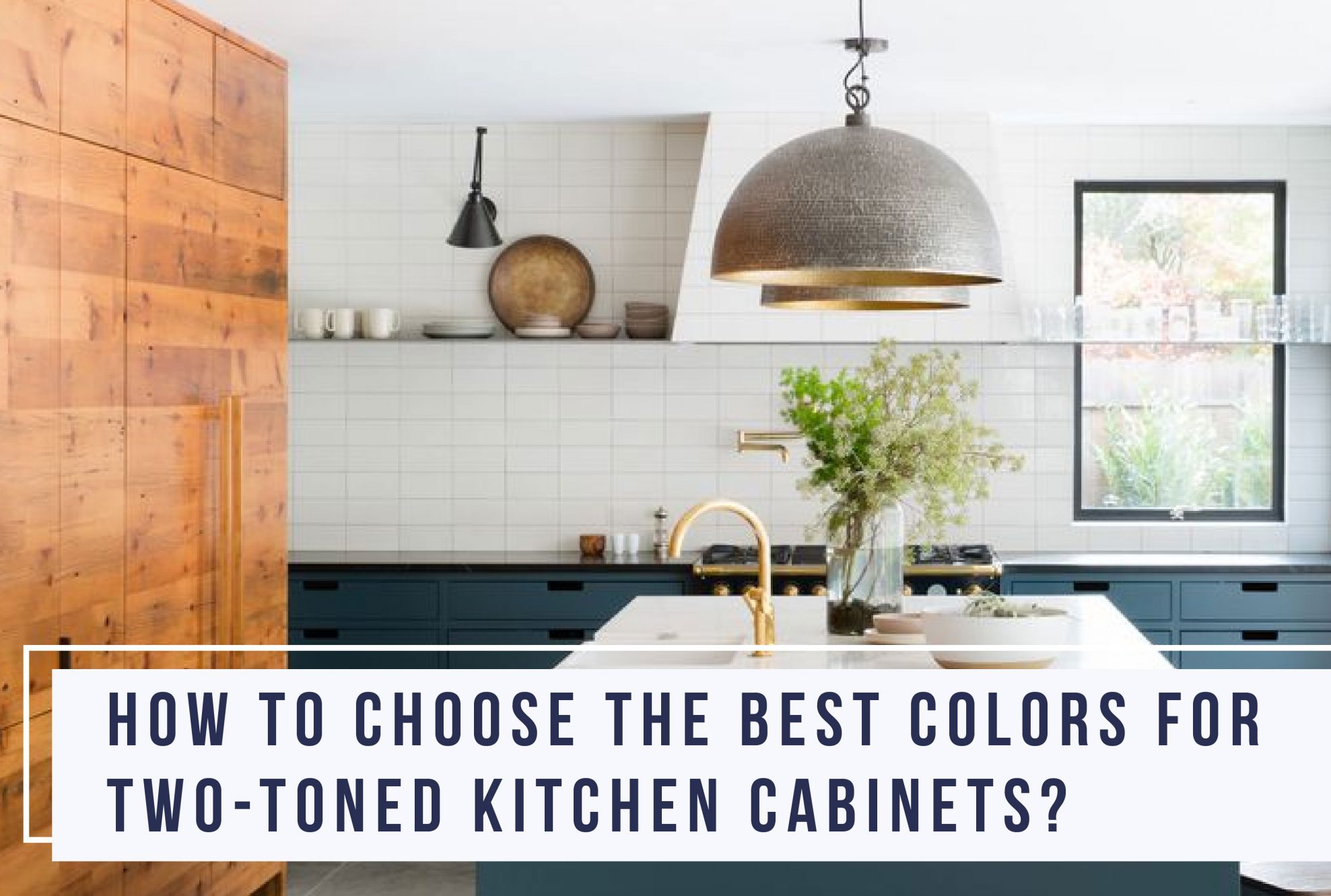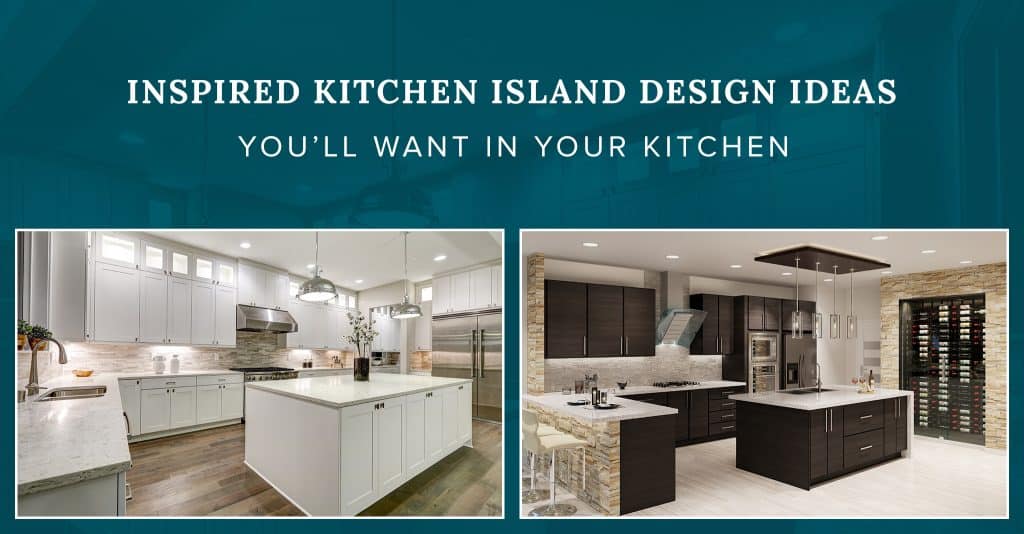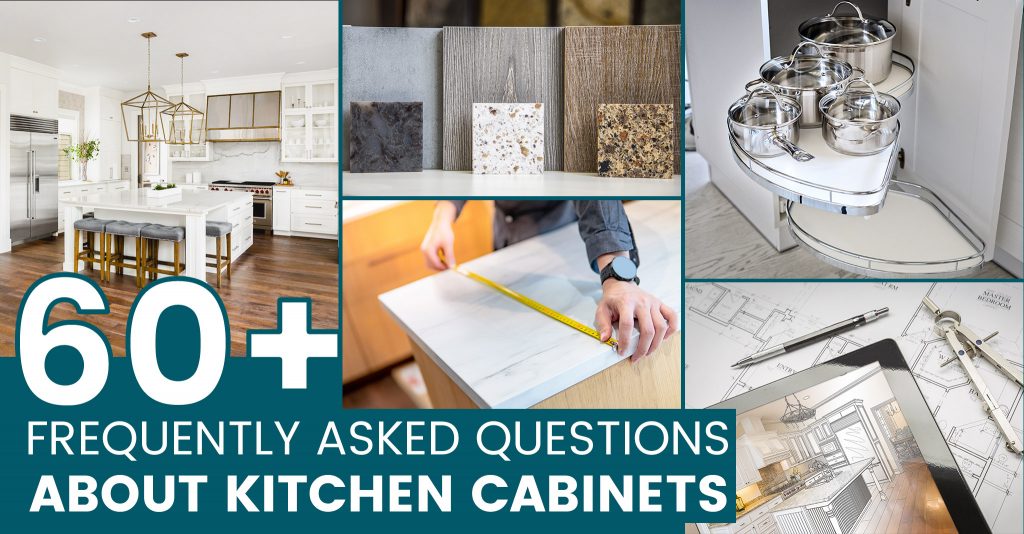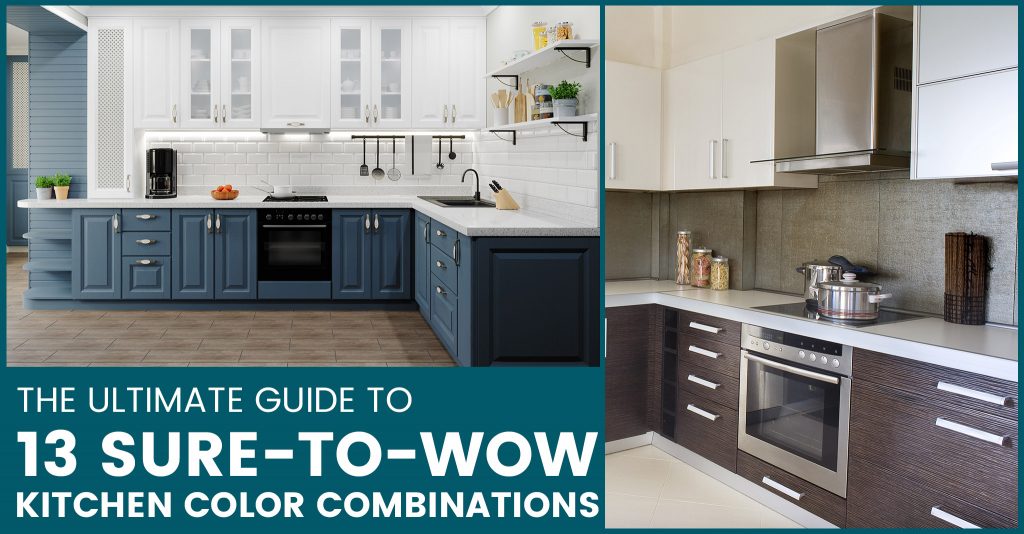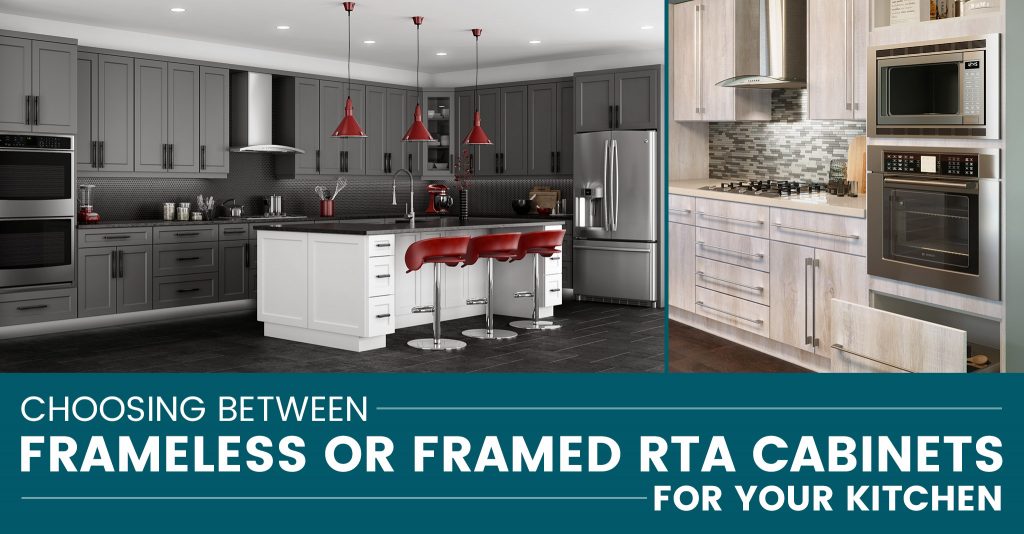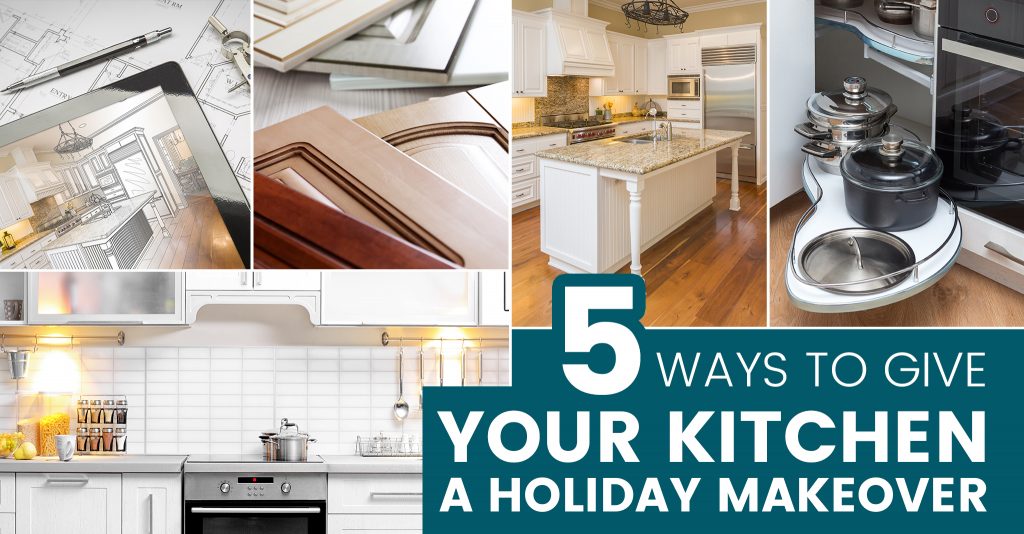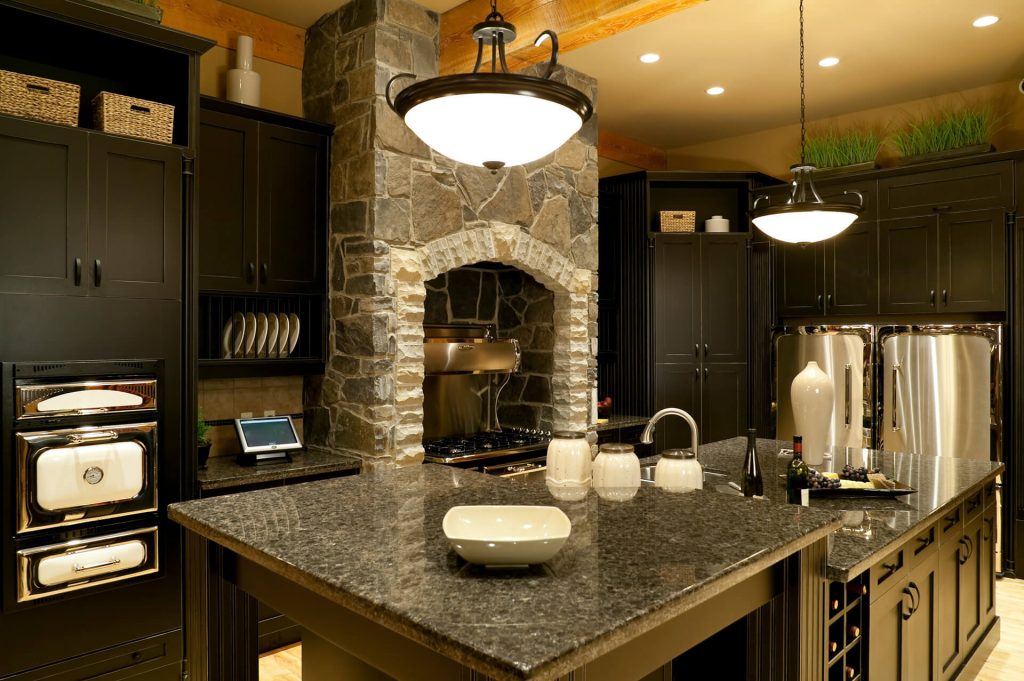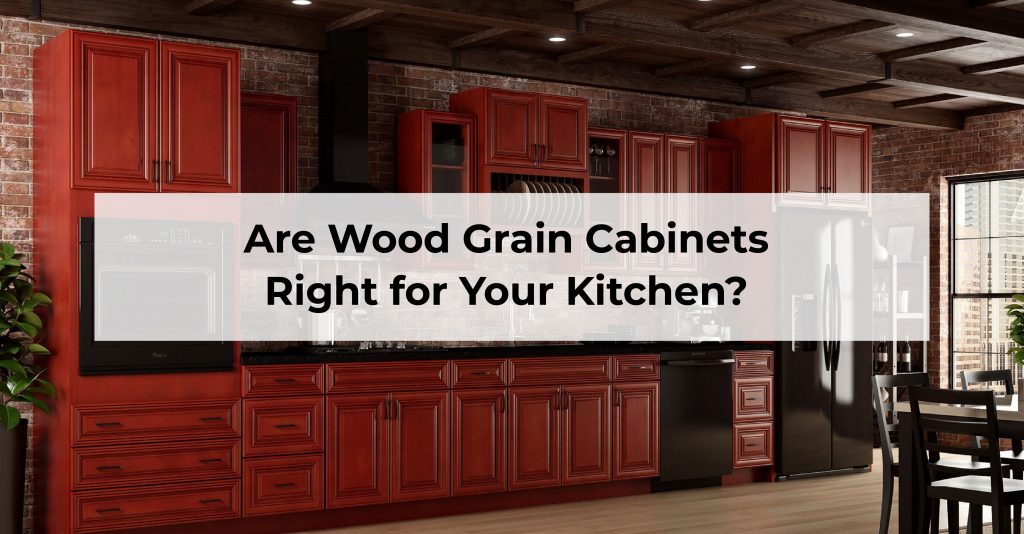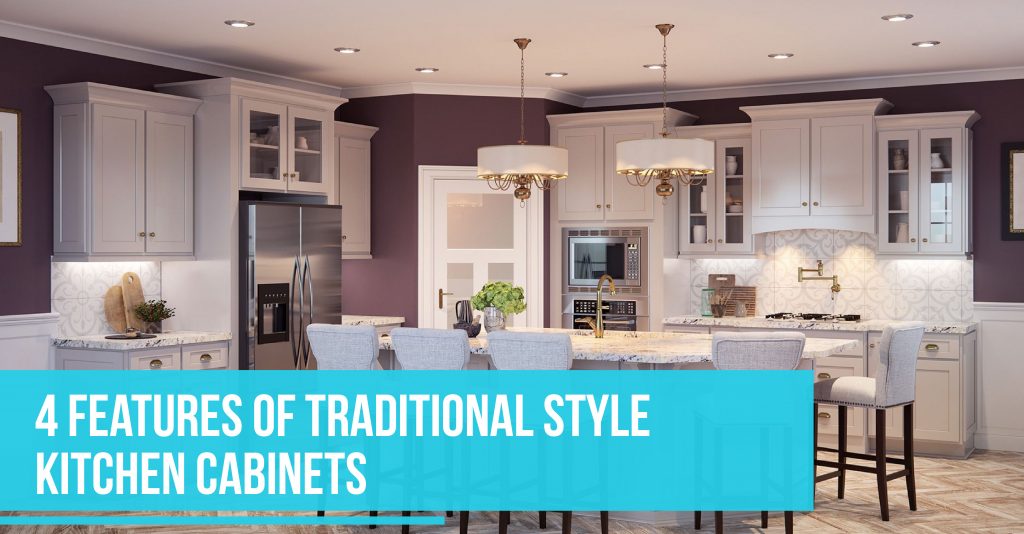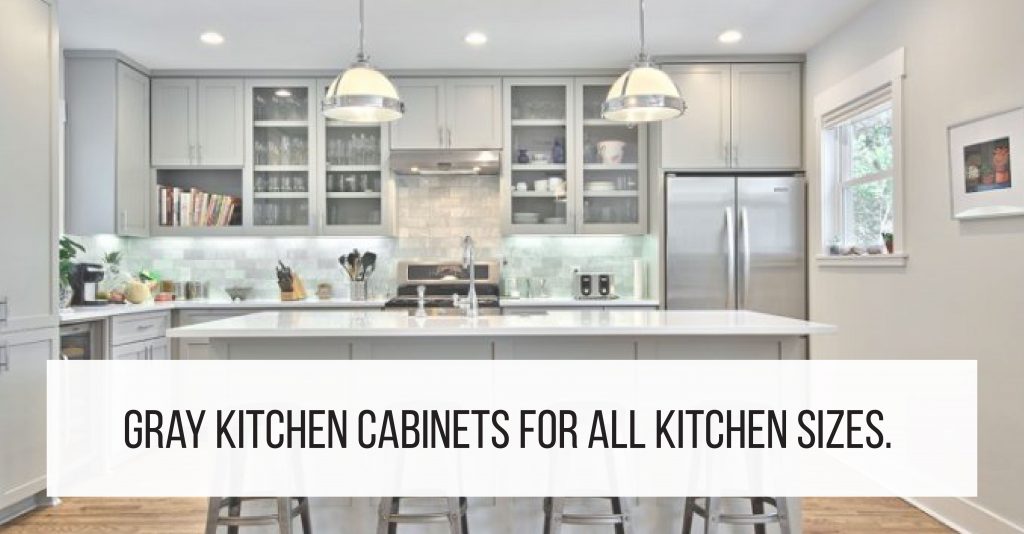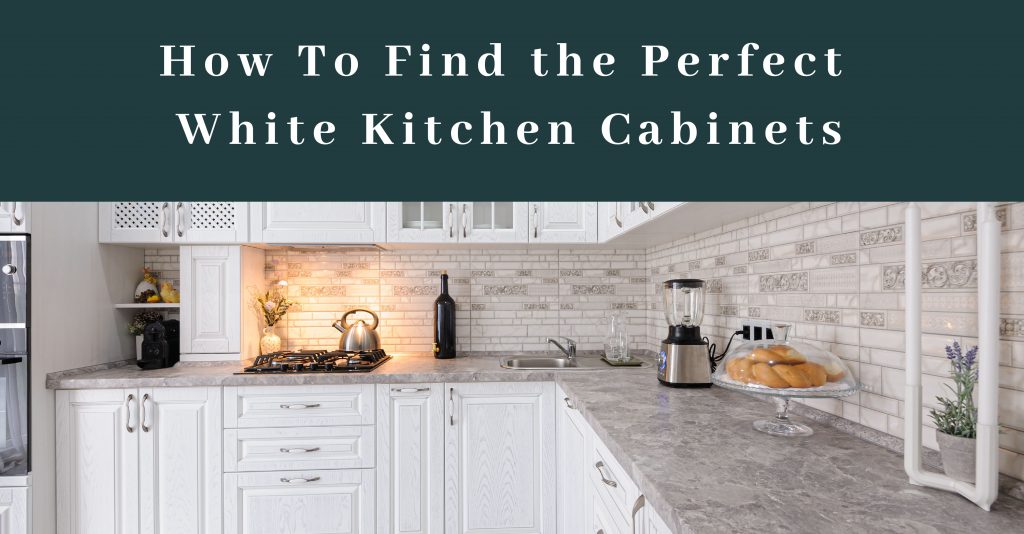Two-tone kitchen cabinets have been around for a while, but it is a new idea to some homeowners. It does solve a design dilemma of wanting to install two different cabinet finishes into your kitchen. Two-tone cabinets give homeowners the option of changing up the look with a few accessories instead of remodeling their whole kitchen.
Two-tone kitchen cabinets have broken the mold of monotonous color and balances neutral and bold for a fun and dynamic look.
What are two-toned kitchen cabinets?
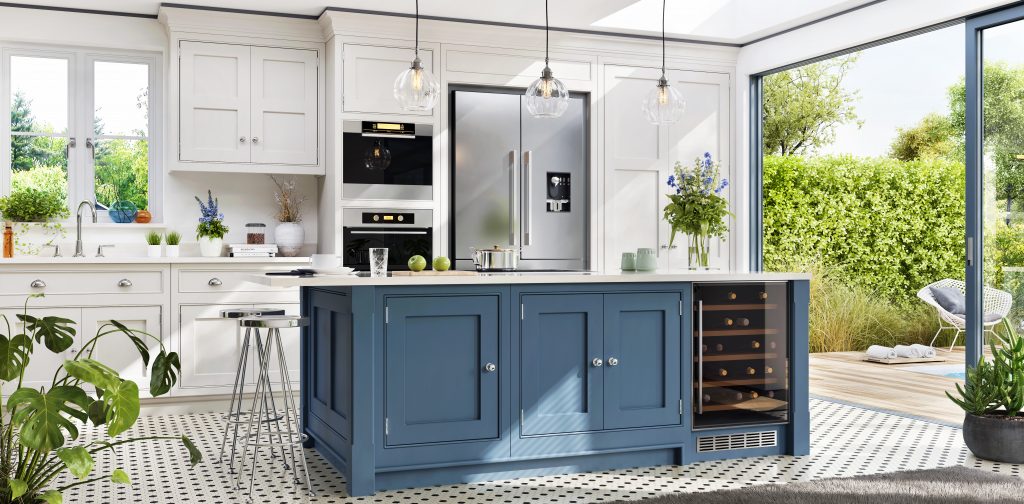
A two-toned kitchen often refers to kitchens with two different finishes, usually between the upper cabinets and the base cabinets. This style adds to the visual appeal, which keeps design boredom at bay.
How to choose two-toned kitchen cabinets for your kitchen?
There is a wide variety of cabinet finishes and colors available today. It can be hard to decide on one style and color. Here are 6 ways to incorporate two-tone cabinets in your kitchen
1. Use the wall, floor, and ceiling finish to determine your base color and cabinetry finish.

It would be best to put the laminate/veneer/wood samples right beside the final wall and floor color to see how they would look together. You can get swatches or veneer and laminate at a local home improvement store. Place it beside the wall, floor, and ceiling to see how they coordinate.
2. Use a primary color paired with an accent color for your kitchen cabinets.
Accent colors can act as the second tone, even if it’s only on the kitchen island or a cabinetry section. There so many contrasting combos to try. If you’re on the fence about two-tone kitchen cabinets, strive for accents versus color balance. The countertops could even act as your secondary color.
3. Consider lighter cabinets on top and darker base cabinets.

Choosing a two-tone cabinet combo means paying particular attention to the color balance in your kitchen. You can do that with a few design tricks. Instead of picking two completely different colors (white and blue), vary the tonality in a single color (light grey and dark grey). If you have specific colors in mind, think about their brightness and lightness. Very bold colors (like vibrant yellow) demand more visual energy and need to be balanced with a more neutral hue.
4. Use white as neutral between color combinations.
A good rule of thumb in visually balanced design is the 60-30-10 rule. This says to use 60 percent as the primary color, 30 percent as the secondary color, and 10 percent for an accent color. Using white as the third choice can be an effective way to bring balance and harmony to the design. White is a good third color choice in any two-tone cabinet design. You could paint a few upper cabinets white to allow resting places for the eye or balance a very bold tone with a very light hue.
5. Change the material instead of color.
If you can’t decide on two colors, choose another material that complements the primary color’s undertones. For example, white cabinets and blonde wood make a natural pair that offers contrast without overloading on color. You could warm up a navy blue cabinet by pairing with a darker stained wood island.
6. Use a color wheel to choose your two-tone kitchen cabinets.
If you’re committed to a two-tone kitchen cabinet design but don’t know where to start, you can use a color wheel. The color wheel will show you adjacent or analogous colors that work well together. It can also help you pair complementary colors or those across from one another on the wheel. Pairing neutrals with similar undertones (like warm white and taupe gray) is also a good combination.
A two-tone kitchen cabinet lets you play with color. You can choose a bold color on one wall of cabinets or the kitchen island. You can also mix complementary neutrals with colored appliances and accessories or layer neutrals on top of a colored base cabinet. The countertop can be your color focal point while separating a lighter upper cabinet and darker base cabinets. The possibilities are endless and allow you to be creative and unique in your kitchen design. Visit our photo gallery for more inspiration.

